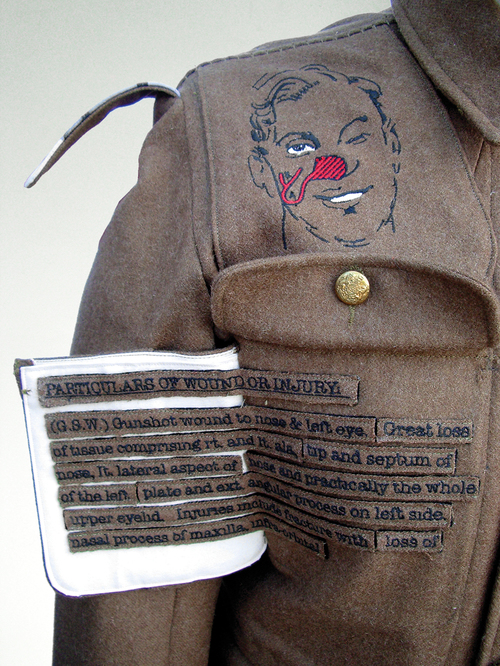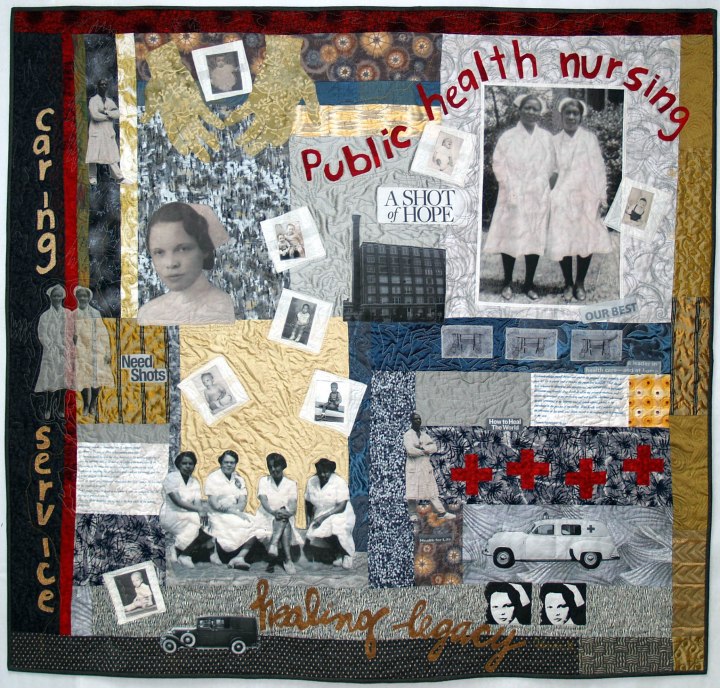The Fabric of Remembrance
I can’t believe that it’s taken me so long to reach this chapter with another 5 to go. I’ve quite lost the urge to research and that is why my practice has ground to a halt. If I don’t ‘show up’ how am I ever going to to make any work? So let’s get on with it!
‘Family history isn’t hard. We do it everyday without thinking about it. Out minds naturally travel in that direction. Our minds are always going home.’ D G Fulford One Memory at a Time: Inspiration and Advice for Writing Your Family Story.
On one hand I’ve been overloaded viewing work based on memories. So many exhibitions I’ve seen and wondered if it was a piece from a museum or art I was looking at… (my Grandmother’s sewing cabinet, my Grandfather’s shed.) Yet who am I to pass such judgement when my work it based on such remembrance!
The thought of the feel of a fabric is often one everyone can recall from their childhood; the baby blanket is obvious along with bath towels, table cloths (tracing the embroidered pattern during a boring family meal), itchy woollen garments and the soft silk of mother’s blouse. Few of these fabrics remain although once, through necessity, they were made into quilts or rugs. Quilt making has evolved into an expensive consumer product, that is the fabrics are purchased especially for the project, rather than in the traditional manner where scraps of old dresses, shirts, bed linen etc were used.
Sherri Lynn Wood uses all recycled fabrics in her quilts; Passage Quilting is how she refers to her work. The quilts are in remembrance of people who have died by using their clothes.
In memory of Michael Gaido
Anne Montgomery’s work, The Women Before Me, 2012 demonstrates perfectly the well worn cliché of remembrance. She has used children’d clothing, transferred family images onto cloth, attached buttons and photo frames in order to make her quilt.
‘This quilt was a way of imagining a connection between me and my female ancestors. My family was very private, so (when I was growing up) I didn’t learn much about their lives, only snippets. Through my work, I am connecting with my personal history.’
I struggled so much trying to connect with my (grand) mothers through my textile practice. During the process I felt very close to them – the long hours of stitching during dark winter months. But I was searching for a less obvious way to commemorate them than by using images (that had been explored during my Foundation course) and I had none of their clothing. It would be disingenuous of me to find old garments and pass them off as theirs.
Sayraphim Lothian wished to keep hold of her memories of her grandmother so crocheted a ‘granny square’ blanket, capturing her thoughts as she hooked. This has been developed into public art as Sayraphim gleans stories from strangers. A Moment In Yarn starts out with a request: “Tell me a happy memory” and metaphorically she weaves the story via the medium of crochet into a tiny granny square. Her work appeals to me as, although very personal to the story teller, can be appreciated by anyone. Once made the square is given to the bestower of the memory.
The Fish Pond 2011
Two tiny girls
crouched on the small wooden bridge
peering into the murky depths of the fishpond
and are rewarded by
the flash of orange
I have referred to Paddy Hartley in previous posts.
Walter Fairweather
Marion Coleman also tells stories with her quilts. Healing Hands/Caring Hearts 2011 taps into her heritage but she states that ‘it’s every story; it’s about every nurse.’ Again an artist who utilizes her memories yet embraces others.
During each chapter Prain gives prompts or exercises; this time she suggests using different methods of recording family memories and transcribing them onto fabric.
At the end there is a project to carry out, to make a fabric carrier bag with an embroidered message about why you love the city you live in. This has been taken from an idea by Lindsay Zier-Vogel who instigated the Love Lettering Project.
Another wet morning passed in a glory of other artists’ work.



